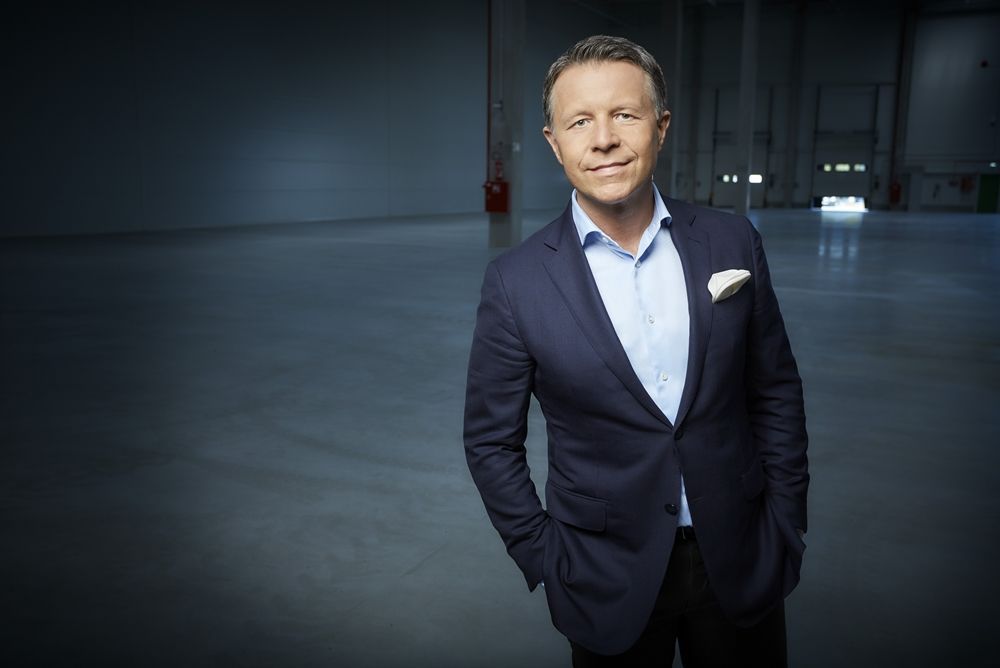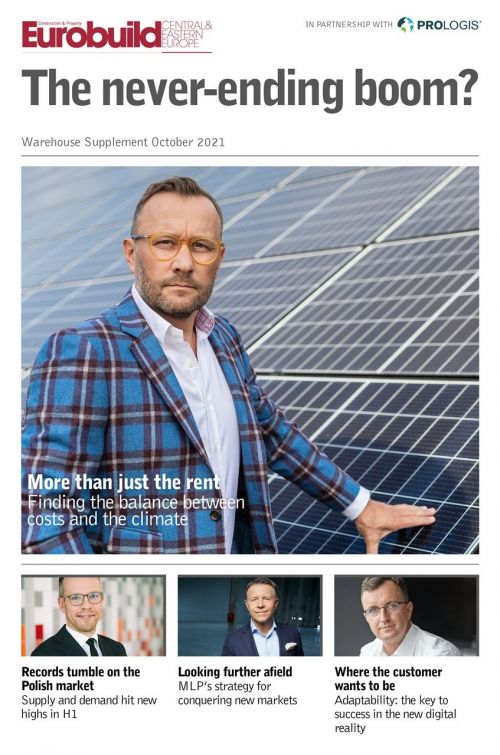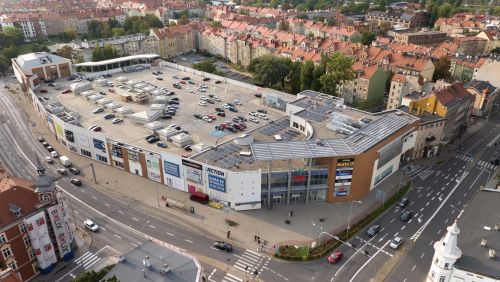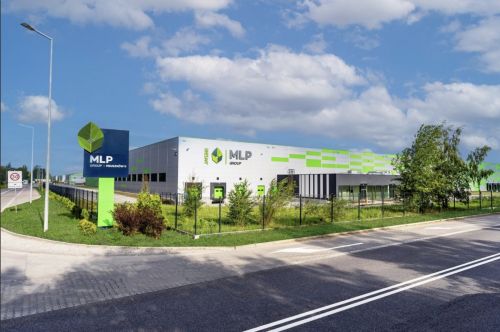Magdalena Rachwald, ‘Eurobuild CEE’: In the first half of 2021, MLP Group saw an increase in revenues and net profits. Your equity also increased, as did the gross value of your investment properties. Is this going to be another record year for you?
Radosław T. Krochta, president of the board and managing director of MLP Group: Looking at what we have achieved in the first half and at the results for Q3, I think we can safely assume that this year is going to be record-breaking in terms of our results, leasing levels and development.
However, you have to remember that we are a developer that does not sell its assets. Our strategy is one of build & hold. We have built up a large-scale business and we are continually developing. New projects are being developed and those we already have are continually showing good results. This is a bit of a snowball effect – under such circumstances, it’s very likely that every successive half-year and quarter is going to































































